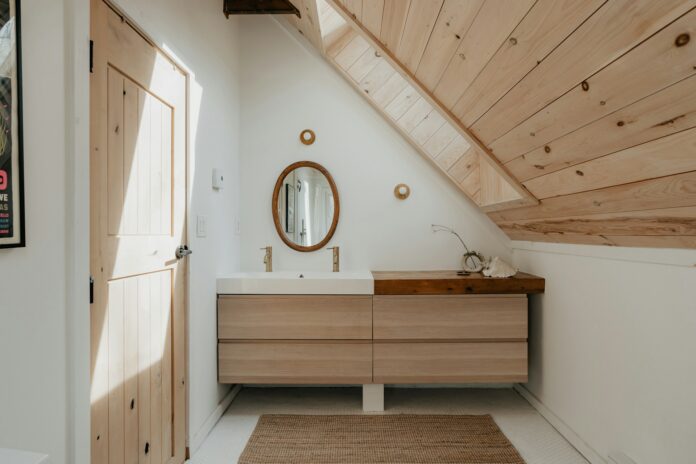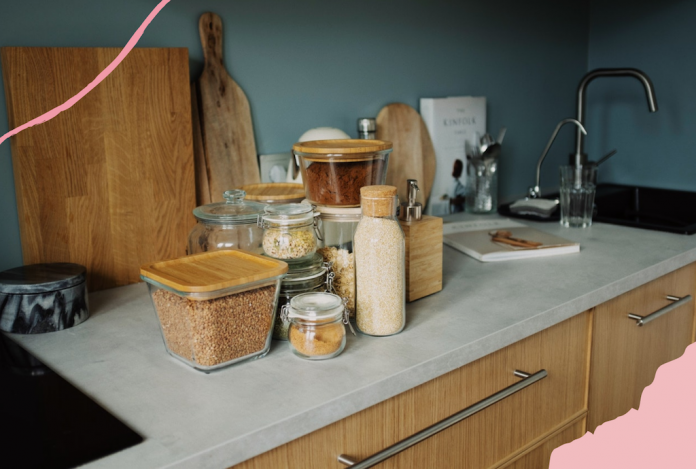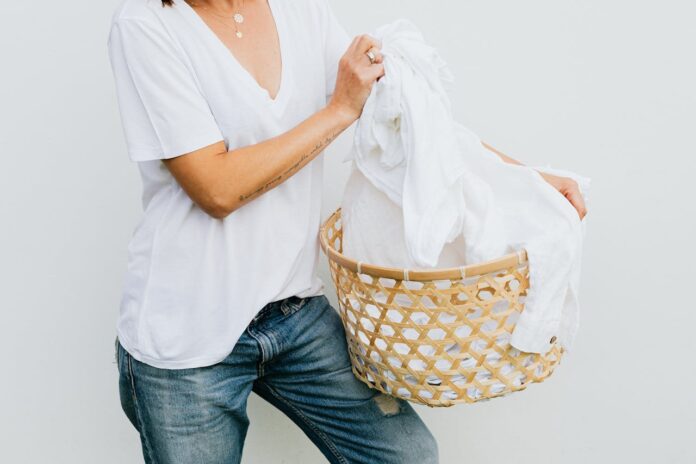So, you’ve arrived here with a knotty, nagging question which you just can’t wait to ask any longer…’’is dry lining better than plastering?’’.
We’re glad you asked. As an alternative to plastering, dry lining is certainly worth considering, as it is an effective way of getting that smooth, plastered wall finish without the risk of that watery mess associated with wet plastering.
Generally speaking, dry lining requires less expertise to complete than wet plastering, and you could, indeed, argue that it’s ‘better’ if you don’t have the skills at your disposal for a full-on DIY plastering project.
By using plasterboards, you can create a seamless finish on your walls without having to call in a professional to complete the job. So, if you’re wondering whether dry lining is better than wet plastering, here’s the IDEAL beginner’s guide.
WHAT IS DRY LINING?
Dry lining is a way to ‘plaster’ a wall using a plasterboard. Dry lining gets its name from the fact that you use a board that doesn’t require any wet plaster to achieve that desired smooth finish. Instead, you fix the plasterboard directly to your walls and fill the joins to create a flat wall surface, ready to be decorated.
Primarily, you can attach the plasterboard to your wall using one of three methods;
- Small dabs of adhesive are used to adhere plasterboard to the wall’s internal face.
- If you’re looking to attach plasterboard to metal or timber walls, you can ‘tack’ it on, using nails.
- In similar circumstances, but for more study support for your plasterboard, can use screws.
Using dry lining can also, in some cases, help reduce moisture and condensation in your home and can add extra insulation.
SO, WHAT ARE THE DOWNSIDES? THERE ARE SOME DOWNSIDES RIGHT?
You’re right, there are some potential downsides of dry lining when compared to wet plastering. Firstly you should be aware that it can be harder to fix items, such as shelves or hanging pictures, to it. It’s also more prone to damage than a traditionally plastered wall, because it lacks the structural integrity of a wet plastered one.
Sound insulation is also an issue; if no sound-proofing material is inserted between the plasterboard and the wall, you’ll find sound carries strongly.
It should also be noted that when using the ‘dot and dab’ adhesive method that we’ll discuss a little later, you could be leaving the plasterboard prone to air pockets.
WHAT YOU’LL NEED TO GET THE JOB DONE
If you want to try out dry lining a room yourself, there’s some essentials you will need before you get started. For dry lining you will need:
· Plasterboards – make sure they are appropriate for the room. A bathroom, for example, will need plasterboard that is moisture resistant. Similar can be said for the application of grout, which needs to be equally moisture resistant, and applied correctly to ensure longevity.
· Board adhesive and joint filler
· Electric screwdriver – to fix the boards in place
· Saw and utility knife– to cut the boards to the correct size
· Scraper – to remove excess joint filler
· Sandpaper – for smoothing down the filler
HOW TO PREPARE
Before you fix your plasterboards to the wall, you need to ensure that they are the correct size for the job at hand. The wall surface also needs to be clean and dust free, with a decent coat of PVA to create a surface your board adhesive can stick to. The boards also need measuring and cut to size, with a mark on the wall where each board will end.
STEP BY STEP DRY LINING
Okay, here goes, here’s a brief step-by-step guide to dry lining…
Dot and dab
The easiest and most effective way to ensure each plasterboard sticks solidly to the wall is by using the dot and dab method. Mix up your chosen board adhesive and, using a trowel, apply generously in a series of dots dabbed on to the wall, stopping within the lines you have drawn.
You are now ready to stick your first plasterboard to the wall.
Make sure the board is level
Each board you stick to the wall needs to be flat and level, so once it’s in place, use a vertical spirit level to ensure it is perfectly in line. Adjust using a baton of wood to push the board into its correct, lined-up position.
Scrim and fill in the joints
With your plasterboards in place, you now need to fill the join gaps for a lovely flush finish. Fibreglass scrim tape will create strength in the joints and mesh them together before you apply your filler to seal the deal. You will need two coats of filler to create a join that can be smoothed down between applications and will dry to a durable finish.
Sand to a flat finish
You have one final task before your plasterboards are ready and that is to sand the dry joint filler down to a super flat and smooth finish.
And with that, your plasterboard walls are ready for decorating! Now, what are you going to decorate your room with? Here’s some inspiration for you; our tips on how to decorate your bedroom like a pro in 6 IDEAL steps.





